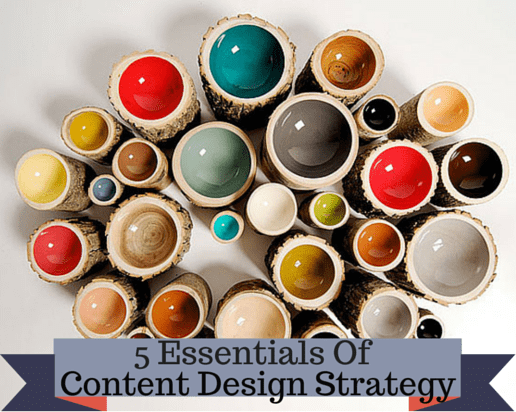5 Essential Things to Keep in Mind When Designing Content Strategy

July 16, 2015
Many marketing professionals are faced with the task of designing a content strategy, but they simply do not know where to start. Here 5 things to consider during the development and deployment of any content marketing strategy.
- Incorporate Research into your Strategy
Too many marketing professionals design their content strategy around an assumption. They assume they know who their audience is, and they assume they know what that audience wants. When these assumptions misfire, the content is also going to miss the mark. This is why it is extremely important to include market research in the early phases of designing your content strategy. In fact, any good marketing strategy begins with a well-planned market research phase. Please a take a moment to consider the example of the LEGO Corporation. For years, they assumed that girls just weren’t into LEGOs. They were wrong. Then, they assumed that girls simply wanted pastel colored blocks. They were wrong again. Finally, they realized that girls wanted the same blocks that boys were using, but they also wanted LEGO characters that were relatable for them. Finally, in 2014 LEGO began marketing female characters that were all scientists and they were hugely successful. One wonders how much revenue LEGO lost with their earlier mistakes that were clearly a result of absent or poorly executed market research.
- Define Clear Objectives
If you do not know what you want to accomplish via content marketing, how will you know if you are successful? In many cases, your goals may match the overall goals of your business. For example, if you have a business objective of increasing customer recidivism, then it makes sense that your content marketing strategy will focus, at least in part, on existing customers. Of course, content marketing objectives can also be established as a way of testing new waters. For example, content marketing can be used to appeal to a new demographic without risking the overhead expenses of other marketing strategies.
- Create a Plan of Attack
When content marketing works, it is because the content is valuable, the right audience has been targeted, and the content is published on a regular basis. So, what is a regular basis? What is valuable content according to your target audience? At the end of the day, decisions have to be made. You must decide what type of content you are going to produce, where there content is going to be published, and how often that content will be updated or replaced. You must also decide who will be responsible for the creation and delivery of content. Someecards is a company that specializes in e-cards that are irreverent and humorous. Consumers can choose an existing e-card or make one of their own creation. It sounds like a cute idea, right? Thanks to a great content marketing strategy and execution, Someecards is now one of the most visited websites there is. The company also has a huge following on Facebook. Why? Because they produce whip-smart funny content that consumers want to see. One example is a post that appears on the website every Monday – “5 People who are Having a worse Monday than you”. This funny column skewers celebrities, dumb criminals, politicians, and anyone else having a hilariously bad start to their week. What does this prove? That content reliability is as important as content quality.
- Auditing should be Part of a Content Marketing Strategy not a Reaction
An audit is simply a way to make sure that things are working as designed, that people are meeting their responsibilities, and that progress towards goals is on track. Since content marketing is ongoing, it is important to audit progress on a regular basis. A good content audit asks the following questions:
- Is content being produced on schedule?
- Do metrics indicate acceptable results?
- What has the feedback been if any?
- Is there anything that the competition is doing better?
- Has any content created “buzz”? Was it positive or negative, and what is the strategic take away?
Once the auditing has been completed, discussions can be had about accountability, but also, hopefully most of all, about the strategies that worked, and where those strategies can be employed in the future.
- Never forget Branding
Too many marketing professionals categorize content marketing as a separate entity. Perhaps this is because the concept is relatively new, or that they simply don’t know how to integrate content marketing with other marketing strategies. Whatever the reason is, the risk is that the company’s branding efforts will be lost because of the fractured relationship between content and overall marketing strategy. This is why it is so important that a company doing their own content marketing considers content marketing when creating their overall marketing strategy.



